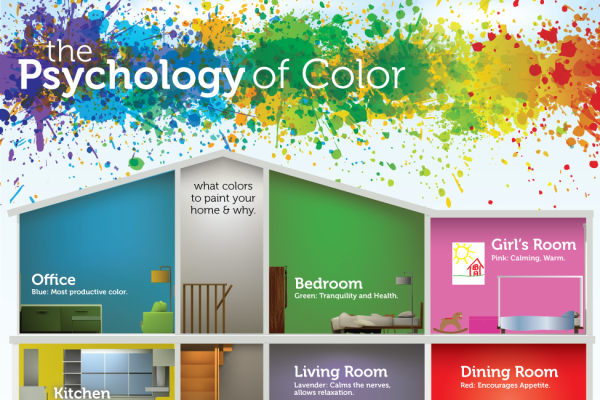Discover Just How The Transformative Nature Of Paint Can Impact Your Emotions And State Of Mind By Evaluating The Intricate Connections In Between Color Selections And Your Psychological Feedbacks
Discover Just How The Transformative Nature Of Paint Can Impact Your Emotions And State Of Mind By Evaluating The Intricate Connections In Between Color Selections And Your Psychological Feedbacks
Blog Article
Content Author-Dixon Allison
When it pertains to choosing paint shades for a room, the selections made expand beyond mere looks. The psychology of color looks into exactly how different hues can influence our emotions and psychological health, forming the setting of a room in extensive methods. Understanding the impact of shade on mood can cause willful and critical layout choices that cater to enhancing different aspects of our lives. By exploring the elaborate partnership in between color and psychology, one can uncover the refined yet powerful methods which repaint choices affect our emotional experiences within a given setting.
The Effect of Color on Feelings
Often, the shades we border ourselves with can considerably influence our emotional state and general health. The influence of shade on feelings is a well-researched area within psychology and interior design.
Cozy shades like red, orange, and yellow are recognized to evoke sensations of energy, warmth, and convenience. commercial and residential painting can promote discussion and produce a cozy ambiance in a space.
On the other hand, cool colors such as blue, eco-friendly, and purple tend to have a soothing result, advertising relaxation and peace. These shades are frequently liked in bedrooms and offices to develop a sense of peacefulness.
Moreover, the strength and saturation of shades play an important function in establishing their emotional effect. Brilliant, dynamic shades can evoke sensations of enjoyment and excitement, while low-key tones are more soothing and gentle.
It is very important to consider the preferred psychological action when picking paint shades for various areas in your house or work space. By comprehending the psychology of shade, you can create environments that sustain your emotional well-being and improve your general state of mind.
Choosing the Right Paint Color Styles
Comprehending the psychology of color and its influence on emotions can direct individuals in selecting the appropriate paint colors for their home. When choosing paint shades, it's necessary to think about the mood you want to develop in each space.
For example, soothing colors like blue and green are optimal for rooms and relaxation areas, as they promote a sense of serenity. On the other hand, vivid tones like yellow or red can energize and stimulate conversation in social areas such as living spaces or eating locations.
Along with more resources , the dimension and lighting of a space must also affect color selections. Lighter hues can make a little area feel even more spacious, while darker tones can include warmth and coziness to bigger areas. Natural light boosts the means colors show up, so it's vital to evaluate paint examples in different lights conditions prior to making a decision.
Eventually, picking the ideal paint shades entails a thoughtful factor to consider of both psychological reactions and functional elements to develop a harmonious and comfortable living setting.
Creating the Desired Atmosphere
Achieving the wanted atmosphere in a space involves a calculated combination of color selections and illumination factors to consider. Shade plays a vital role in setting the state of mind of a space. Cozy tones like reds, oranges, and yellows can produce a comfortable and welcoming environment, perfect for areas where comfort is essential, such as living areas or bedrooms.
On the other hand, trendy colors like blues and environment-friendlies stimulate a sense of calm and leisure, making them ideal for areas where serenity is desired, like restrooms or meditation areas.
Along with shade, lights is one more crucial consider shaping the ambiance of an area. Soft, cozy lights can improve the warmth of a room, while bright, great lights can invigorate and uplift the mood. Dimmer buttons or adjustable lights components provide versatility, permitting you to adapt the illumination to fit various tasks or moods throughout the day.
Final thought
To conclude, the psychology of shade shows the significant effect paint choices can carry our state of mind and emotions within a room.
By comprehending how different colors evoke particular sensations and selecting paint shades appropriately, we can produce atmospheres that promote energy, comfort, relaxation, or excitement.
Very carefully choosing the ideal colors can aid us to influence our emotional state and total wellness in a provided area.
